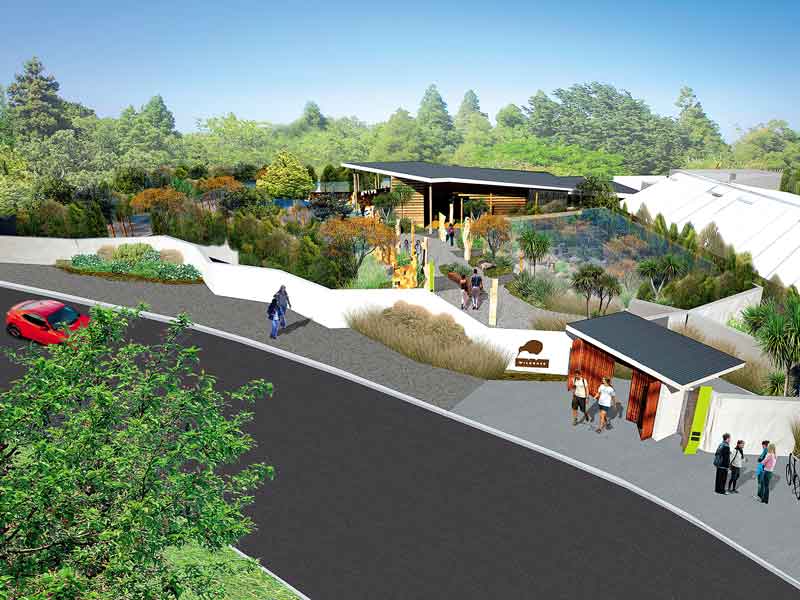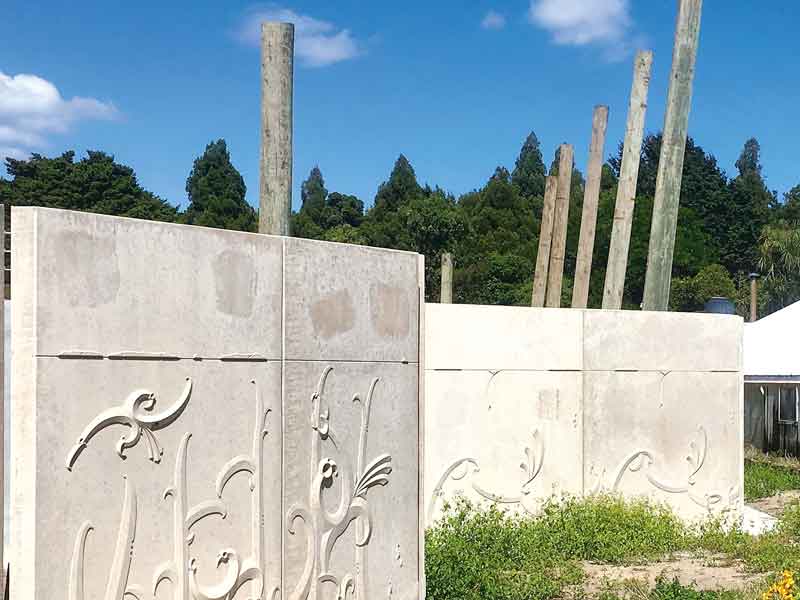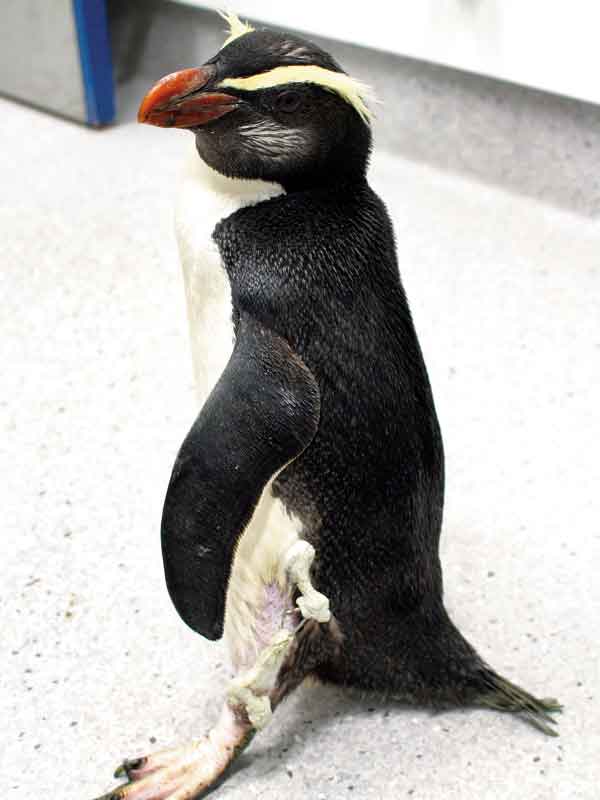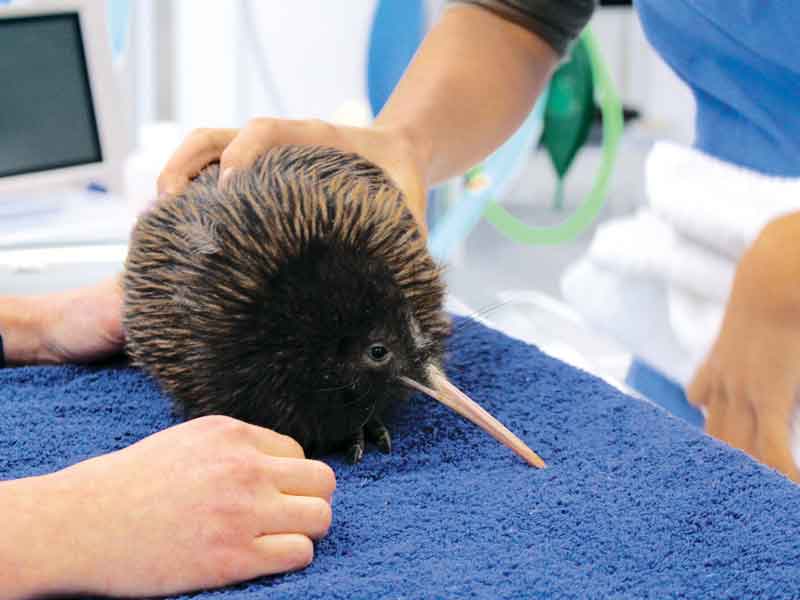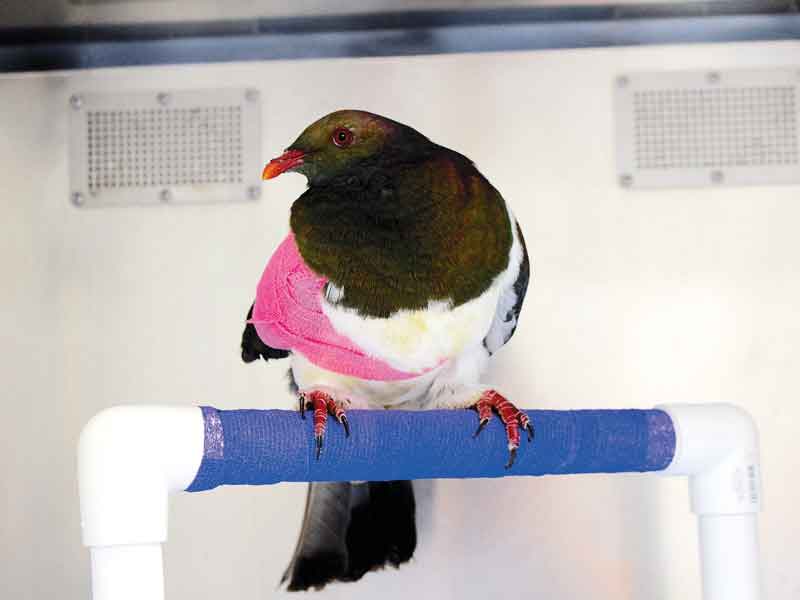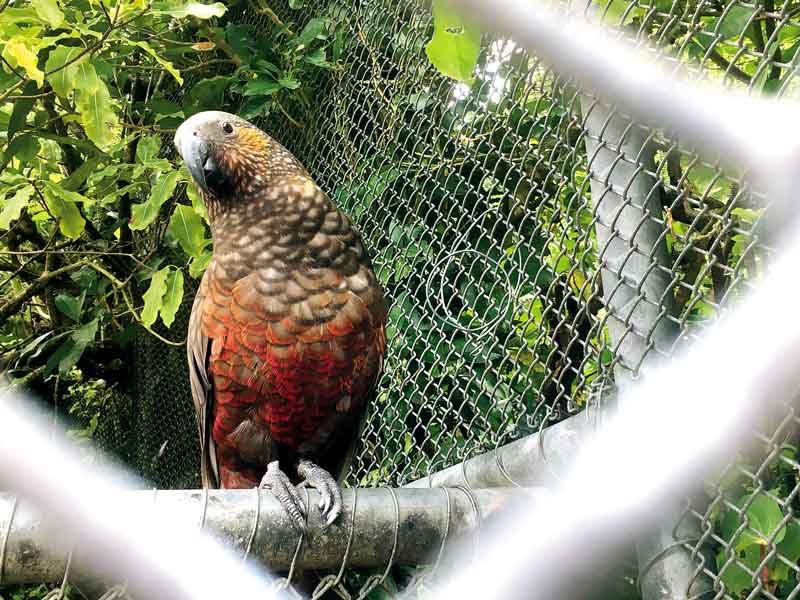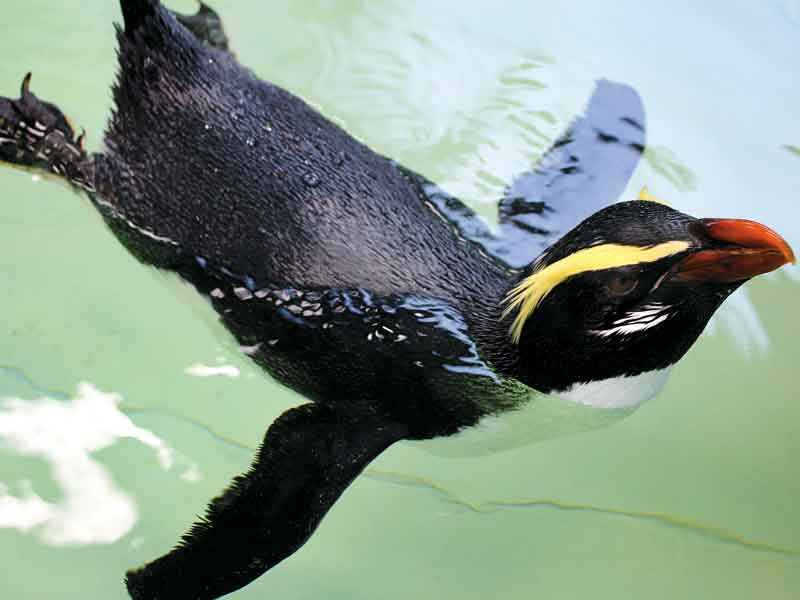The chatter of a kakariki or the swoosh of a kereru overhead, the song of the korimako and tui, the peep of a fantail as it flitters at your heel, a bold kea trying to get hold of your lunchbox, a kaka squawking in the trees—this is all part of walking in the New Zealand wilderness but only if you are lucky.
When it comes to the unique native species of New Zealand, every individual counts. We have species that are critically endangered, numbering only a few hundred or less: the takahe and kakapo, the shore plover, Haast tokoeka, and another isolated kiwi, the rowi.
Because of New Zealand’s isolation from the rest of the world, our native species have evolved in a land free of mammalian predators; they have adapted to use the environment to the full. Many species became ground dwellers; others flittered between ground and trees.
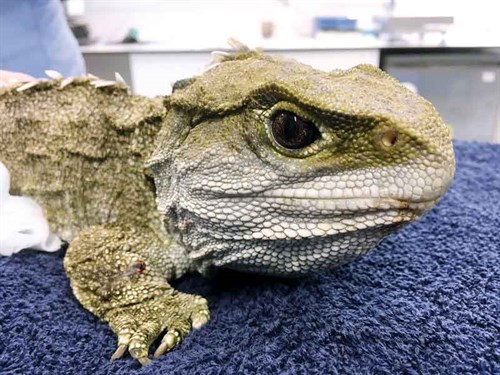
The now extinct huia worked with its partner to dig bugs from the forest floor, with the male’s straight beak digging the hole and the curved beak of the female scooping out a tasty treat.
Then mammals and humans arrived, and farming caused the loss of habitat that started species decline, but the introduction of possums and mustelids was particularly disastrous. Plants and animals quickly became extinct or highly endangered.
Saving New Zealand species
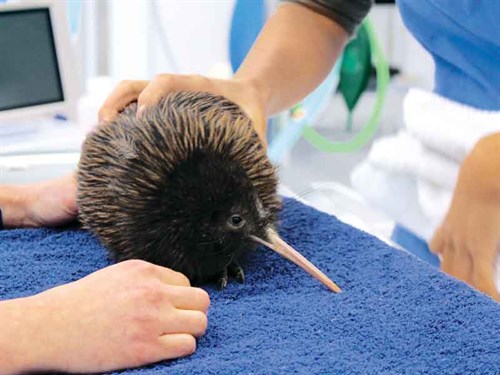
Now, many organisations and individuals work with a passion to save what we have left, a drive to right the wrongs of the past.
Central Energy Trust Wildbase Recovery is a centre that has pulled together people with passion, and I have been lucky enough to be part of this once-in-a-lifetime project.
Nearing completion in the Victoria Esplanade, Palmerston North, Central Energy Trust Wildbase Recovery is a partnership between Massey University and Palmerston North City Council. Other key partners include Rotary, the initiators of the projects, local iwi Rangitane o Manawatu, and the Department of Conservation.
Central Energy Trust Wildbase Recovery
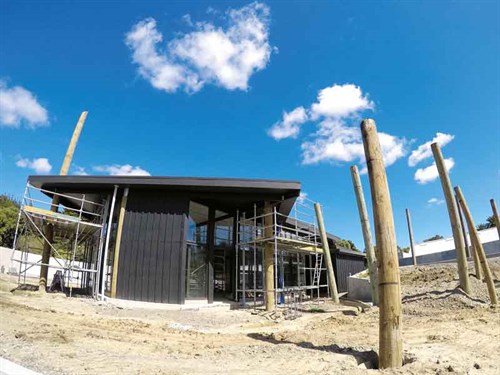
The centre is a recovery facility. Injured and ill native animals are treated by expert vets at Massey University’s Wildbase Hospital, a teaching hospital dedicated to native animals. A shortage of suitable rehabilitation facilities saw the idea of a wildlife recovery centre originally mooted in 2012 by the local Rotary. Five years of fundraising and generous support from national and local businesses have seen that dream becoming a reality.
Animals treated at Wildbase Hospital will be transferred to Central Energy Trust Wildbase Recovery to rehabilitate and regain strength before being release back into the wild. Animals will include kiwi, kaka, karearea, penguins, shorebirds, takahe—the list goes on.
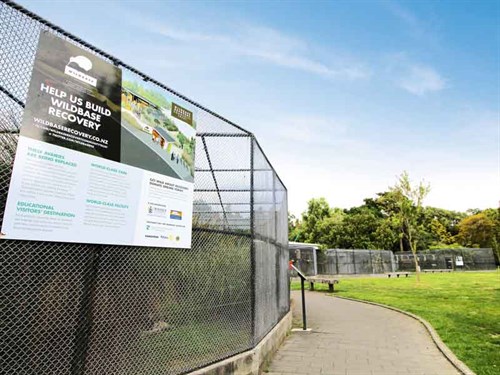
The centre will be open to the public later this year with free entry. It will be made up of nine rehabilitation aviaries, of which four will have viewing access for the public. A walkthrough aviary will give up close and personal experiences of a selection of native animals, including kaka, kereru, korimako, and tuatara.
Education opportunities
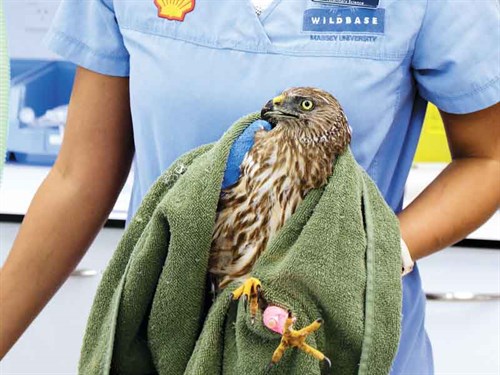
An education programme is being developed and the centre will cater to school groups and others. With all the displays being bilingual, the centre also caters for kura kaupapa schools as well as promoting everyday use of te reo Maori.
The Powerco Education Centre will offer exciting displays and interactive activities, promoting learning about the wildlife vets, the animal patients, and New Zealand’s native animals as a whole. Maori stories and the cultural significance of our animals will be highlighted.
The centre will raise awareness of the threats to New Zealand’s wildlife and provide ideas of how people can contribute to saving our native animals.
Central Energy Trust Wildbase Recovery is due to open in August 2018. It’s going to be one of those ‘must-see’ places, so add it to your list!

